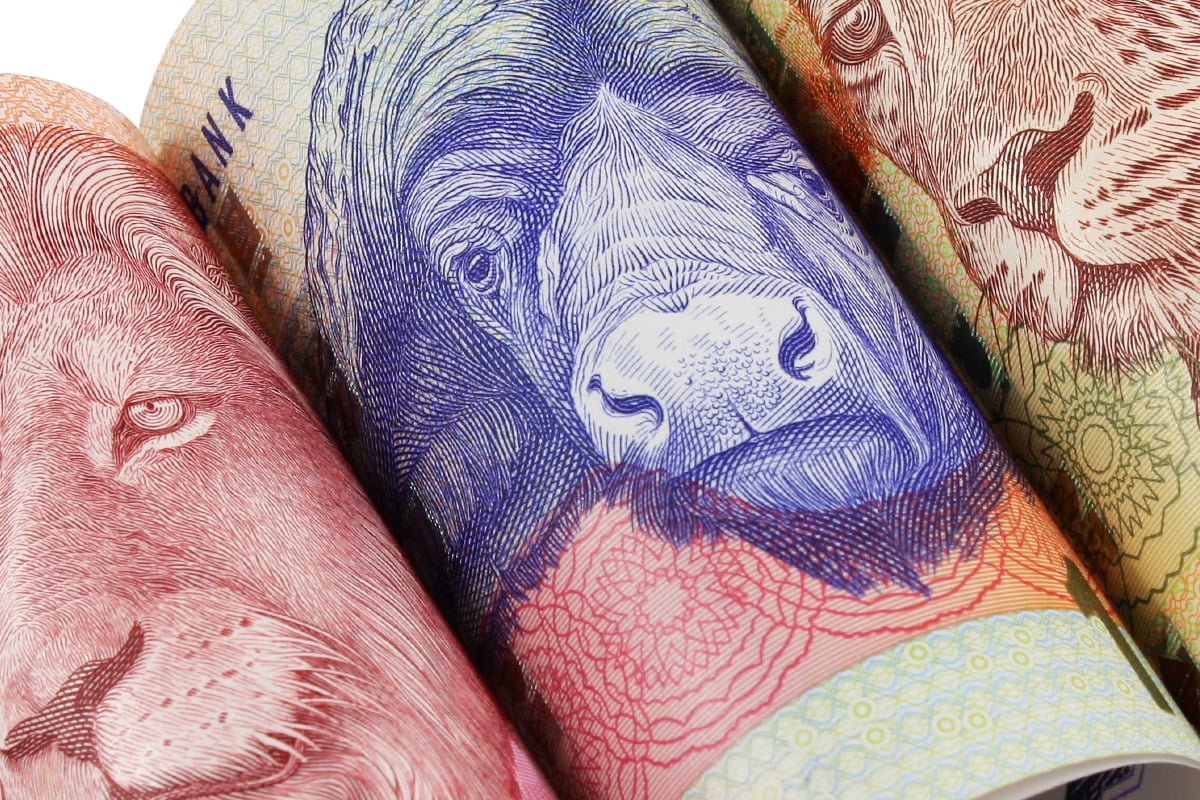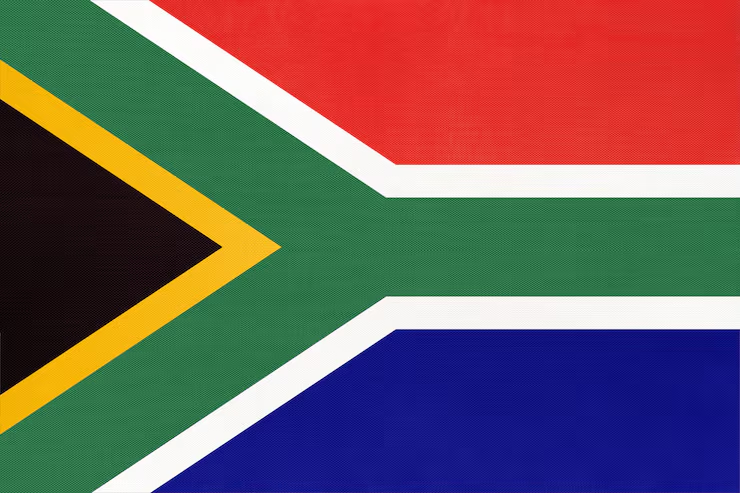Business
A Win at the Pump: Stronger Rand Brings Petrol Relief, but Economic Woes Persist

A stronger rand is giving South Africans a much-needed break at the petrol pump. But behind the scenes, the economy’s engine is sputtering.
Just as South Africans brace for winter fuel costs, a sliver of good news has emerged. The rand recently strengthened against the US dollar, offering a reprieve in fuel prices and inflation forecasts. But while motorists may breathe a sigh of relief, economists warn that the country’s underlying growth problems are still dragging the economy down—and the rand along with it.
What’s fueling the rand’s rally?
Last week, the rand dipped below R17.70 to the US dollar—a modest but meaningful recovery that’s had ripple effects across consumer prices. However, this isn’t so much a South African success story as it is a tale of American uncertainty.
According to Investec chief economist Annabel Bishop, the rand’s rise isn’t driven by local fundamentals. Rather, it’s riding a wave of dollar weakness brought on by US policy flip-flopping. A series of tariff hikes and rollbacks, followed by renewed hikes in May and June, have left investors skittish. That anxiety has weakened the greenback, allowing commodity-linked and emerging market currencies like the rand to gain ground.
Yet, while the rand has gained against the dollar, it’s actually lost value against the euro and the pound, underscoring that this is a global story, not a South African turnaround.
Why motorists are smiling
For consumers, especially drivers, a stronger rand against the dollar can feel like a lifesaver. South Africa imports oil in US dollars, so when the rand strengthens, fuel becomes cheaper. Lower fuel costs, in turn, help suppress inflation, offering a bit of relief on groceries, transport, and electricity.
Bishop explains that petroleum and agriculture, both priced globally in dollars—are major inflation drivers in South Africa. So when the dollar slips, the knock-on effect on inflation can be significant. That’s why analysts are predicting another petrol price cut in July.
Social media has already lit up with optimism. Posts celebrating potential savings at the pump are trending under hashtags like #PetrolPriceRelief and #StrongerRand. One user joked, “Finally, my tank won’t empty my wallet.”
But don’t celebrate too soon: SA’s growth woes remain
Here’s where the good news ends. Despite this temporary boost, South Africa’s deeper economic story remains grim.
The OECD’s recent economic outlook delivered a sobering message: without sweeping structural reforms, South Africa’s economy will remain sluggish. GDP growth is expected to hover around 1% in 2025, a rate far too low to keep up with the population or global peers.
The culprits? Inefficient state-owned enterprises, red tape that stifles new businesses, and crumbling infrastructure—particularly in logistics. Bishop points to Transnet’s persistent freight problems as a major growth inhibitor. In fact, she estimates that if South Africa’s transport network were functioning properly, economic growth could be closer to 3% a year.
In the first quarter of 2025, GDP barely moved up by just 0.1%. Mining, manufacturing, and electricity were all hit hard by the freight crisis.
A bittersweet balance
So where does this leave us?
On the one hand, a softer dollar is giving South Africa some breathing room—lower fuel costs, contained inflation, and some short-term stability for the rand. On the other hand, these gains are fragile. They rest not on our own economic strength, but on turbulence elsewhere.
And unless South Africa tackles its long-standing issues, especially in logistics, regulation, and public sector efficiency these wins will remain fleeting.
Still, for now, motorists can fill up with a bit more ease. And in an economy where good news is rare, that’s something worth celebrating.
{Source: BusinessTech}
Follow Joburg ETC on Facebook, Twitter , TikTok and Instagram
For more News in Johannesburg, visit joburgetc.com


























